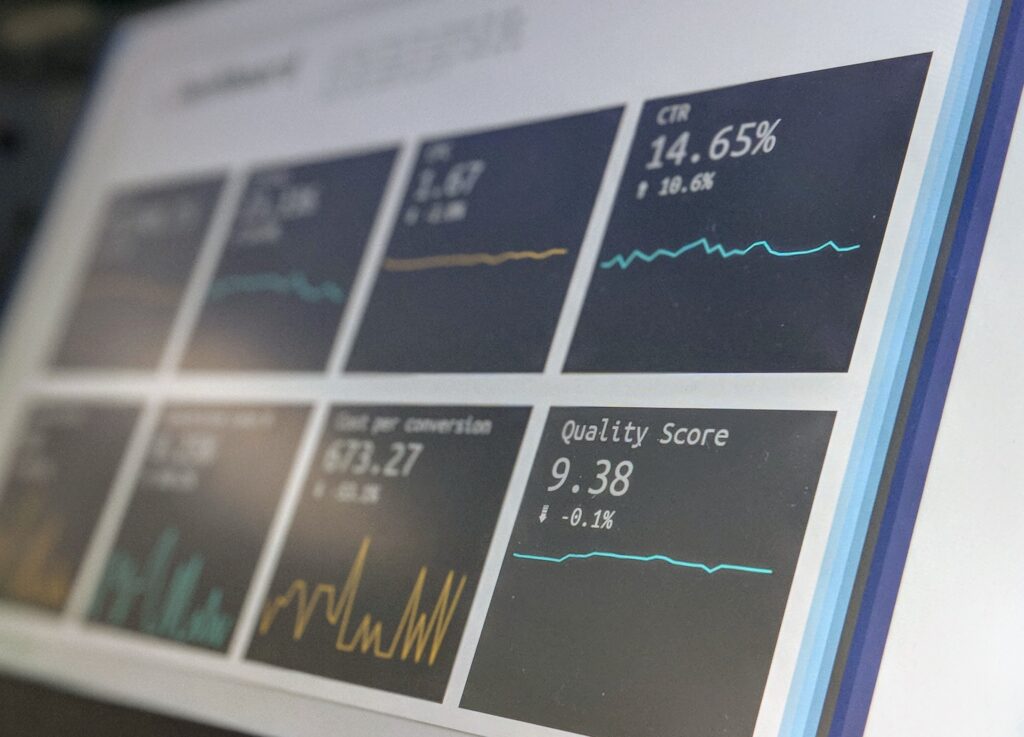
You’re probably aware of the power of social media and how it has revolutionized the way we communicate and connect with others. But have you ever wondered how we can analyze the sentiment behind these online conversations and extract valuable insights? Well, that’s where Natural Language Processing (NLP) comes in. In this article, we’ll take a closer look at how NLP is being used in social media to analyze sentiment and uncover hidden trends, giving us a deeper understanding of the vast world of online interactions.
Introduction to NLP in Social Media
Social media has become an integral part of our daily lives, with millions of people actively engaging in sharing their thoughts, opinions, and experiences online. The sheer volume of content generated on these platforms presents a unique challenge and opportunity for businesses and researchers to understand public sentiment, trends, and user behavior. This is where Natural Language Processing (NLP) comes into play. NLP is a field of artificial intelligence that focuses on the interaction between humans and computers through natural language. In the context of social media, NLP enables us to analyze, understand, and extract insights from the vast amount of text data generated by users. In this article, we will explore the various aspects of NLP in social media, including sentiment analysis, extracting insights, preprocessing text, building NLP models, available tools and libraries, ethical considerations, and future trends and challenges.

Understanding Natural Language Processing (NLP)
Definition of NLP
Natural Language Processing (NLP) is a branch of artificial intelligence that deals with the interaction between computers and human language. It involves the development of computational algorithms and models that enable machines to understand, interpret, and generate human language. NLP encompasses a range of tasks, including text classification, information extraction, sentiment analysis, machine translation, and question answering. By leveraging techniques from linguistics, computer science, and statistics, NLP enables machines to process and understand natural language in a meaningful way.
Importance of NLP in social media analysis
Social media platforms have become virtual goldmines of user-generated data. From tweets and Facebook posts to Instagram stories and YouTube comments, social media offers an incredible wealth of information that can provide key insights into user sentiments, behavior, and trends. However, engaging with this massive amount of unstructured text data is a complex task. This is where NLP comes in. NLP techniques allow us to effectively analyze and interpret social media data, enabling businesses to make data-driven decisions, understand customer sentiments, track brand reputation, and detect emerging trends. Without NLP, the analysis of social media data would be a daunting and nearly impossible task.
Applications of NLP in social media
NLP has a wide range of applications in social media analysis. Some of the most common applications include:
-
Sentiment Analysis: NLP enables sentiment analysis, which involves determining the emotional tone behind a piece of text. Sentiment analysis allows businesses to gauge customer sentiment towards their products or services, identify emerging trends, and understand public opinion on various social and political issues.
-
User Profiling: By analyzing the text content shared by users on social media, NLP techniques can help businesses build user profiles based on factors such as demographics, interests, and preferences. User profiling enables targeted marketing campaigns and personalized recommendations.
-
Brand Monitoring: NLP allows businesses to monitor and analyze user-generated content related to their brand, products, or services. This helps in tracking brand reputation, identifying and addressing customer complaints or issues, and improving overall brand perception.
-
Trend Analysis: NLP techniques can be used to analyze social media data to gain insights into emerging trends, hot topics, and popular discussions. This information can be valuable for marketing, market research, and content creation purposes.

Sentiment Analysis in Social Media
Definition and purpose of sentiment analysis
Sentiment analysis, also known as opinion mining, is a key application of NLP in social media analysis. It involves the extraction of subjective information from text data to determine the sentiment or emotional tone behind it. The purpose of sentiment analysis is to understand and analyze public opinion, customer satisfaction, brand perception, and emerging trends. By analyzing social media data, sentiment analysis enables businesses and researchers to gain insights into the positive, negative, or neutral sentiments expressed by users.
Challenges in sentiment analysis for social media data
Sentiment analysis in social media comes with its own set of challenges. Firstly, social media data is often unstructured, noisy, and informal. Users tend to use abbreviations, slang, emojis, and multiple languages, making it difficult for traditional sentiment analysis techniques to accurately interpret the sentiment. Additionally, there is a high context dependence in social media, where the sentiment of a post can be influenced by the surrounding content or previous conversations. Finally, sarcasm, irony, and sentiment ambiguity pose additional challenges for sentiment analysis algorithms.
NLP techniques for sentiment analysis
To overcome the challenges mentioned earlier, NLP techniques have been developed specifically for sentiment analysis in social media. These techniques include:
-
Lexicon-based approaches: Lexicon-based approaches use predefined sentiment lexicons or dictionaries that map words or phrases to their corresponding sentiment scores. These lexicons contain sentiment polarity information, allowing sentiment analysis algorithms to assign sentiment scores to individual words or phrases in text data.
-
Machine learning approaches: Machine learning algorithms, such as Support Vector Machines (SVM), Naive Bayes, and Recurrent Neural Networks (RNNs), can be trained on labeled sentiment datasets to predict the sentiment of unseen text data. These algorithms learn from examples and patterns in data to make predictions about the sentiment of social media posts or comments.
-
Hybrid approaches: Hybrid approaches combine lexicon-based methods with machine learning techniques to improve sentiment analysis accuracy. These models leverage the strengths of both approaches to handle the inherent challenges of sentiment analysis in social media.
Benefits of sentiment analysis in social media
Sentiment analysis in social media offers several benefits for businesses, researchers, and individuals. Some of the key benefits include:
-
Customer Insights: By analyzing sentiment in social media data, businesses can gain valuable insights into customer opinions and preferences. This information can be used to inform product development, marketing strategies, and customer support efforts.
-
Reputation Management: Sentiment analysis allows businesses to monitor and manage their brand reputation by identifying and addressing negative sentiments expressed by customers. This helps in improving customer satisfaction and loyalty.
-
Marketing Effectiveness: Analyzing sentiment in social media data provides businesses with feedback on their marketing campaigns and content. By understanding how customers perceive and respond to their marketing efforts, businesses can optimize their strategies for better engagement and conversion rates.
-
Crisis Management: Sentiment analysis enables businesses to detect and respond to potential crises before they escalate. By monitoring social media sentiment in real-time, companies can address customer concerns, resolve issues, and prevent reputational damage.
-
Competitive Analysis: Analyzing sentiment in social media allows businesses to gain insights into how their products or services compare to competitors. By tracking the sentiment associated with competitor brands, businesses can identify areas for improvement or differentiate themselves in the market.
In the next section, we will explore how NLP techniques can be used to extract insights from social media data.




